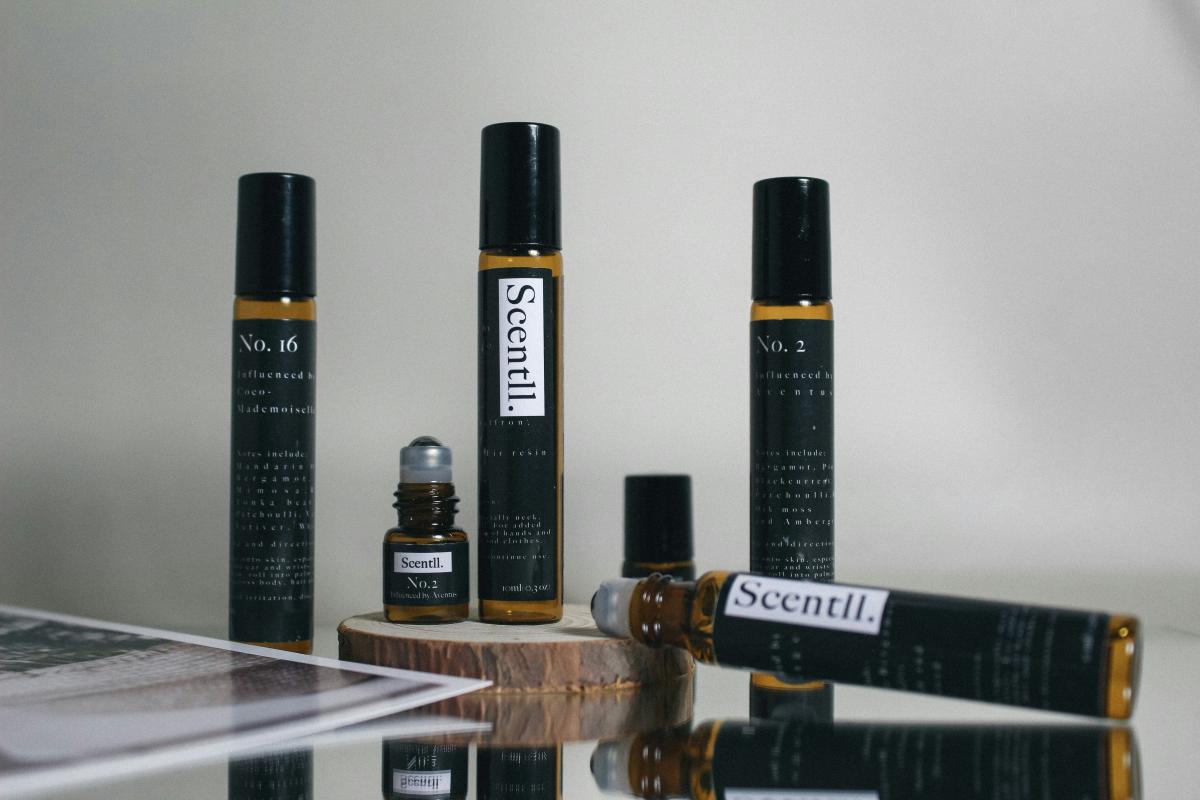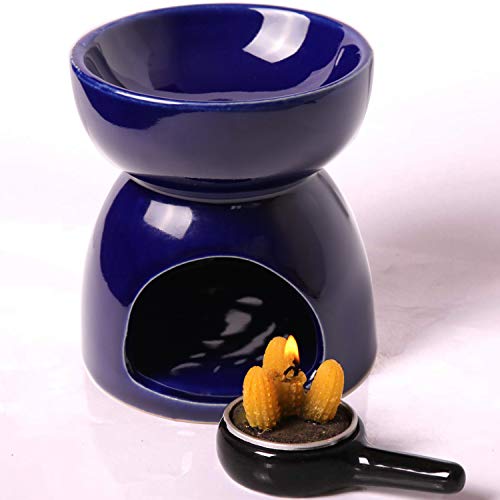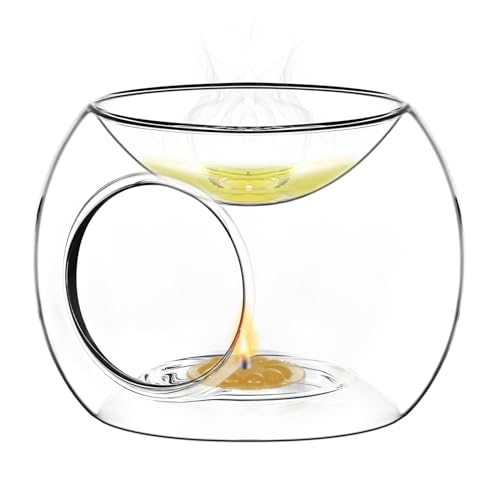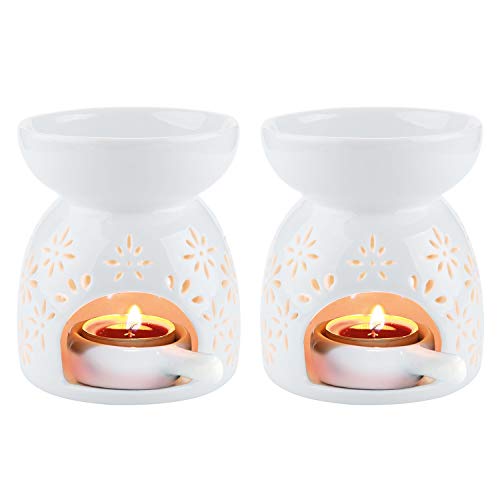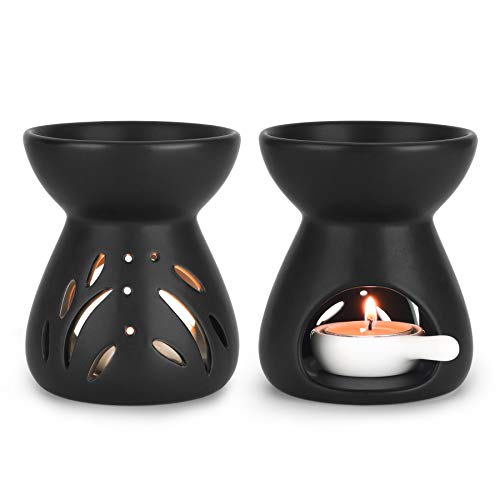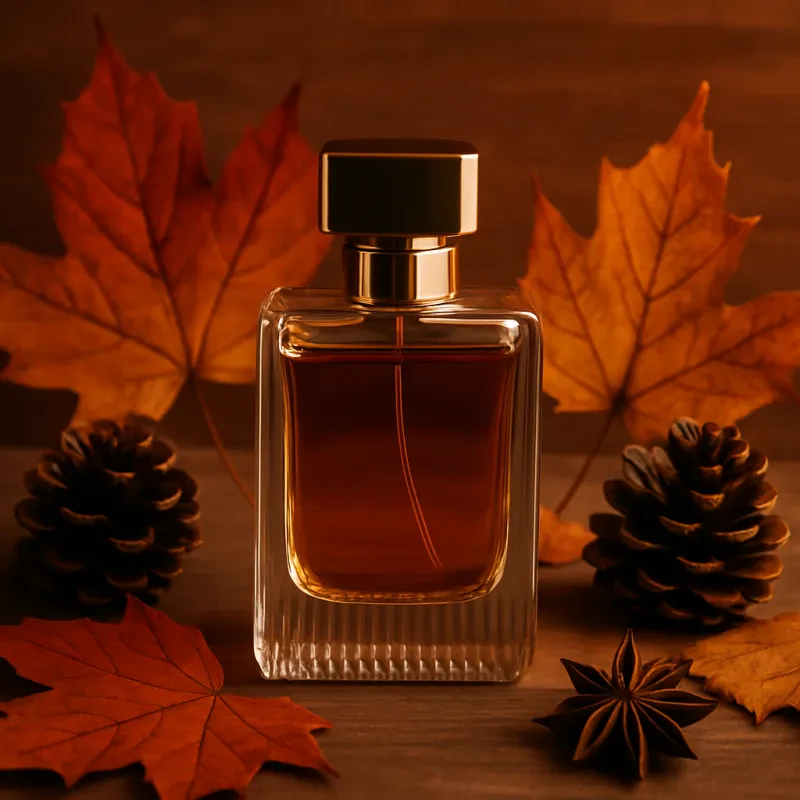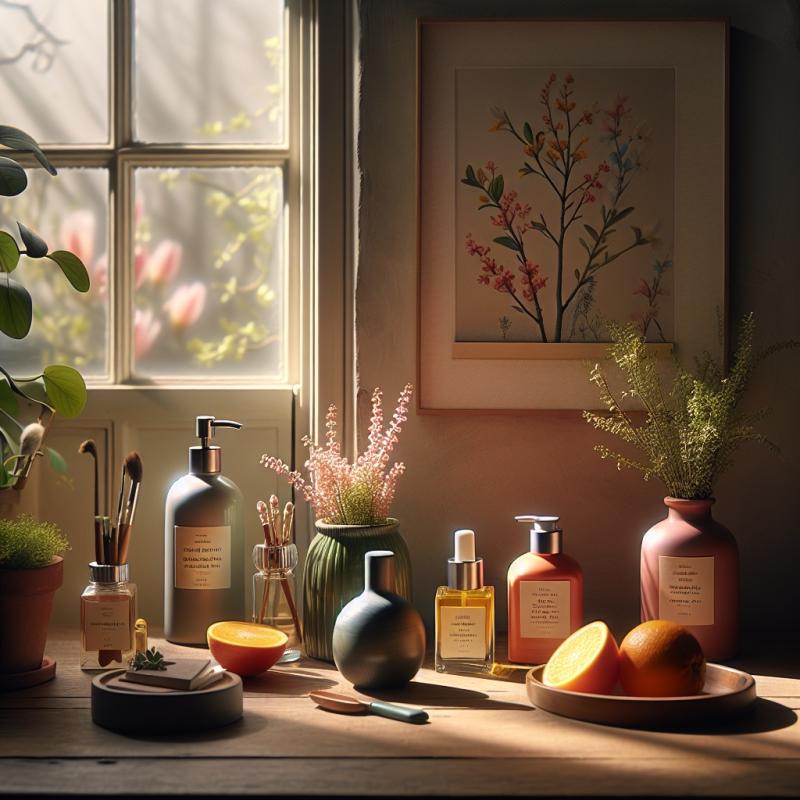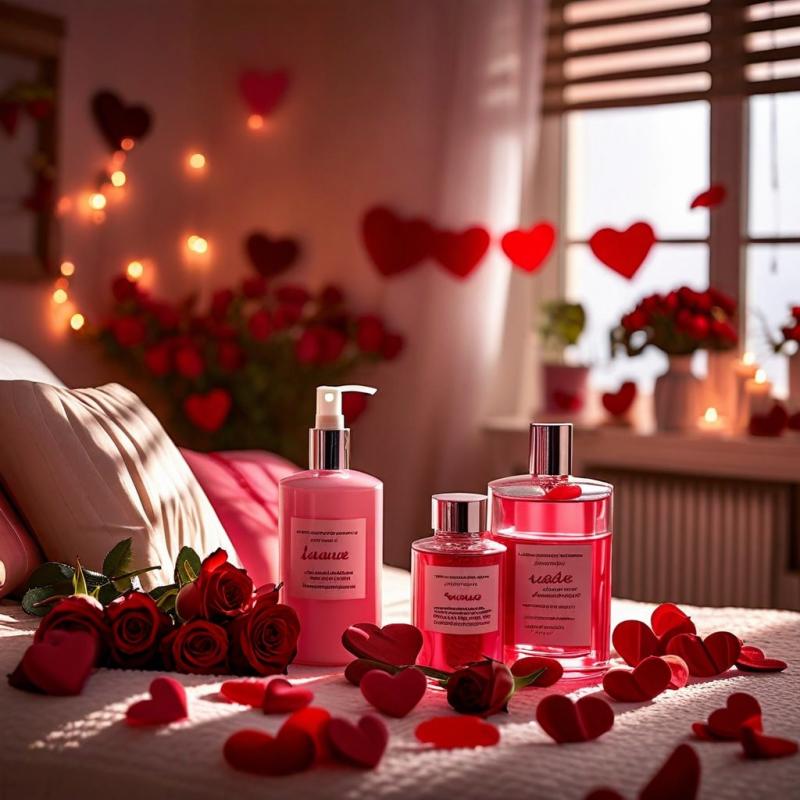Understanding Essential Oil Diffusers
Essential oil diffusers are devices designed to disperse essential oils into the air, creating an aromatic environment that can enhance mood, promote relaxation, and improve overall wellness. They work by breaking down essential oils into small particles and releasing them into the atmosphere, allowing individuals to benefit from the therapeutic properties of these plant-derived oils. The primary purpose of essential oil diffusers is to facilitate aromatherapy, which can help alleviate stress, improve sleep quality, and provide various other health benefits.
There are several types of essential oil diffusers available on the market, each employing different methods to disperse oils. One of the most popular types is the ultrasonic diffuser, which uses ultrasonic waves to create vibrations that turn water and essential oil mixtures into a fine mist. This method not only retains the integrity of the essential oils but also adds moisture to the air, making it ideal for enhancing humidity levels in dry environments.
Another common type is the nebulizing diffuser, which does not require water. Instead, it directly uses the essential oil, converting it into a fine spray. This method can provide a more potent aroma since it disperses concentrated essential oil particles without dilution. Heat diffusers, on the other hand, heat the oils to disperse their fragrance; while effective, this method can alter the chemical properties of essential oils and may diminish their therapeutic benefits.
It is essential to understand the distinction between pure essential oils and synthetic fragrances, as the former are derived from natural plant materials and maintain their therapeutic properties. In contrast, synthetic fragrances may not offer the same health benefits and may contain chemicals that can adversely affect health. Consequently, for effective aromatherapy and to harness the full advantages of diffusers, it is imperative to select high-quality essential oils.
What Are Perfume Oils?
Perfume oils are concentrated aromatic compounds formulated primarily for use in the fragrance industry. They consist of various ingredients, which may include both natural and synthetic fragrance components. The primary distinction between perfume oils and essential oils lies in their composition and intended use. While essential oils are derived from the distillation of plant materials such as blossoms, leaves, bark, and roots, perfume oils might contain synthetic elements that enhance their scent profile and longevity.
In terms of composition, perfume oils are crafted through a complex process that blends various aromatic constituents to achieve the desired fragrance. These might be natural extracts from plants and flowers, or they could include synthetic ingredients designed to mimic those natural scents. For instance, many modern perfumes incorporate synthetic molecules, enabling the creation of complex aromas that are not achievable through natural sources alone. This allows for a broader range of fragrances but also raises concerns regarding authenticity and the potential for allergic reactions in some individuals.
A common misconception surrounding perfume oils is that they provide therapeutic benefits similar to essential oils. Unlike essential oils, which are often utilized for their therapeutic and healing properties, perfume oils primarily serve an aesthetic purpose, enhancing the wearer’s scent or the ambiance of a space. While wearing a perfume oil may uplift one’s mood or evoke nostalgic feelings, it lacks the holistic and medicinal attributes associated with essential oils. However, perfume oils can still offer certain sensory pleasures, contributing to overall well-being through their pleasing fragrances.
In summary, understanding the differences between perfume oils and essential oils is crucial for making informed choices about their use. While both types of oils have their unique attributes and benefits, one should carefully consider their intended application before selecting either for personal or aromatic use.
Can You Use Perfume Oils in Diffusers? Pros and Cons
The use of perfume oils in essential oil diffusers is a topic that has garnered attention among fragrance enthusiasts and those seeking to enhance their indoor environments. On one hand, perfume oils offer a wide array of appealing fragrances that can quickly transform a room's atmosphere. These oils are commonly available in various scents, from floral to woody, making it easy to find something that aligns with personal preferences. Additionally, the convenience of purchasing perfume oils in easily accessible stores or online makes them an attractive option for individuals looking for an immediate aromatic solution.
However, there are several considerations to keep in mind when contemplating the use of perfume oils in diffusers. One major con is the potential risk of damaging the diffuser. Perfume oils often contain synthetic compounds and heavy bases that are not formulated for use in essential oil diffusers. This could lead to clogs or corrosion within the device, ultimately shortening its lifespan and effectiveness. Furthermore, while perfume oils are often crafted to smell inviting, they typically lack the therapeutic benefits associated with pure essential oils. The latter are derived from natural plant sources and are known for their positive effects on mental and physical well-being, while perfume oils primarily focus on fragrance.
Another critical factor to consider is the safety of inhaling synthetic chemicals present in many perfume oils. While natural essential oils can provide health advantages when diffused, the synthetic components in perfume oils may release harmful substances when heated. This can pose health risks, particularly for individuals with allergies or respiratory sensitivities. Therefore, it is essential to weigh the enticing appeals of perfume oils against these potential drawbacks before deciding to use them in an essential oil diffuser.
Best Practices and Alternatives
When considering the use of essential oils in diffusers, it is paramount to prioritize quality and safety. The efficacy and aroma released from diffusers primarily rely on the use of high-quality, pure essential oils. It is advisable to select oils that are 100% pure and derived from reputable sources, as adulterated or synthetic options may not only compromise the intended therapeutic benefits but also lead to potential allergic reactions or respiratory issues. Brands such as Young Living, doTERRA, and Plant Therapy are often recommended for their commitment to purity and quality.
For individuals who enjoy fragrances but want to avoid the limitations of essential oils, alternative options exist. A separate fragrance diffuser specifically designed for perfume oils can effectively disperse scents throughout a space without sacrificing the integrity of essential oils. These devices typically operate differently and accommodate the unique properties of perfume oils, making them an excellent alternative for fragrance enthusiasts.
Another option worth considering is the art of blending essential oils to create custom scents. This practice allows users to explore their creativity while still enjoying the health benefits associated with essential oils. When blending oils, it is crucial to research potential interactions and ensure compatibility to avoid unwanted reactions. An easy guideline is to start with a base note, add a middle note, and finish with a top note to achieve a balanced aroma.
Additionally, maintaining your diffuser is essential for its longevity and performance. Regular cleaning after each use will prevent residue build-up, which can alter scent quality and hinder function. Following manufacturer instructions for maintenance will ensure your diffuser provides optimal results. By adhering to these best practices and exploring alternatives, you can safely enjoy the diverse scent profiles that both essential and fragrance oils offer in your space.
